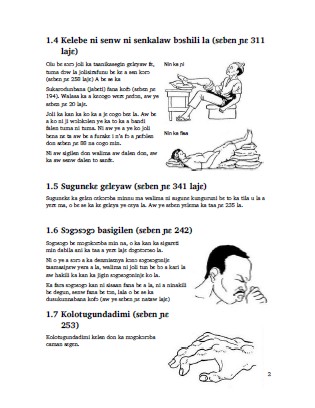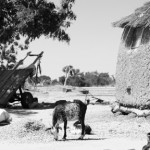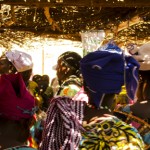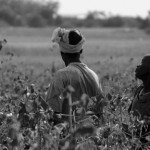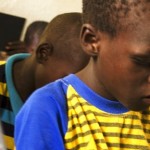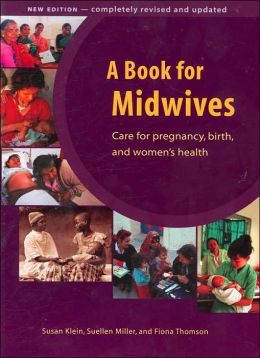It’s been a while since we posted an update on the Dokotoro Project. But that doesn’t mean that things aren’t happening behind the scenes! Here’s a run-down of what happened in the last couple of months, plus some exciting news about upcoming events.
Upcoming May Fundraiser! We’re planning a Peanut Sauce Cook-Off in May, in partnership with the Northern California Peace Corps Association. So dust off your recipe for sauce arachide or tigadɛgɛna. It will likely take place on one of the first two weekends in May, in Berkeley. This will be open to the general public, and recipes from all over the world are welcome! Details coming soon!
Our translators just finished their first draft of the First Aid chapter. This is a long, complicated chapter, with information on dozens of medicines. Because of this, it’s undergoing an additional round of proofreading to make sure everything is accurate.
There is exciting some news regarding new French-language publications from our parent organization, Hesperian Health Guides. A new French-language edition of A Book for Midwives is forthcoming. This was partially funded by the African Birth Collective in Eugene, Oregon, and translated by the nonprofit ENDA in Senegal. In addition to the print edition to be distributed in West Africa, Hesperian is planning to make this freely available as a PDF document and as web pages on their “health wiki,” and also for purchase via “print-on-demand.” The layout is being finalized, but they still need money to pay for printing, so there is a fundraising campaign online at Global Giving.
Please join me in saying a big thank you to Anh Ly, who is be stepping down from the Steering Committee after more than a year of dedicated service. I’m extremely grateful for all of Anh’s time, energy, ideas, and very generous donations to the project.
Next, please join me in welcoming Lyle Hansen to the Steering Committee, who will be taking over soon as treasurer. Lyle’s been a steadfast volunteer at our hackathons, and he’s also a talented photographer who conducted a successful Kickstarter campaign to travel to Mali and document development projects and every day life.
We’ve recently received news about a sizable donation… I’ll say more when the check is in the bank! We still need about $15,000 to finish having Where There is No Doctor translated into Bambara. Please consider making a gift online via First Giving, or tell a friend about us!
Lastly, our taxes are done! (Are yours?) We don’t owe anything to Uncle Sam, because we don’t make a profit (all the income is earmarked to be spent on translation) but we do have to submit paperwork to the IRS. A huge thank you to tax preparer Bruce A. Sahs of in Rochester, New York who volunteered to do our taxes free of charge.

